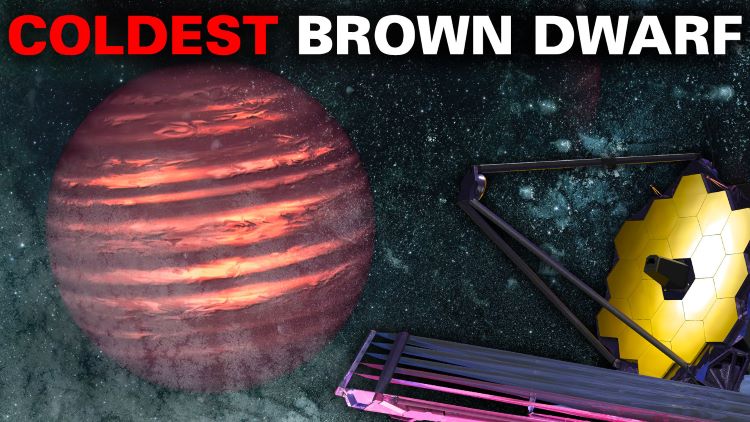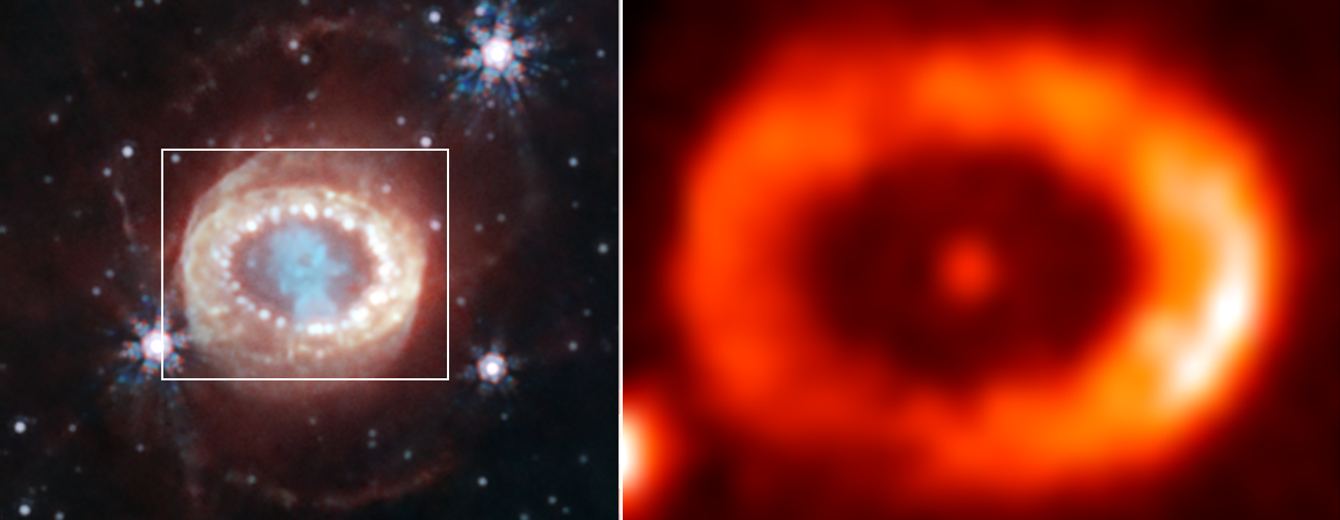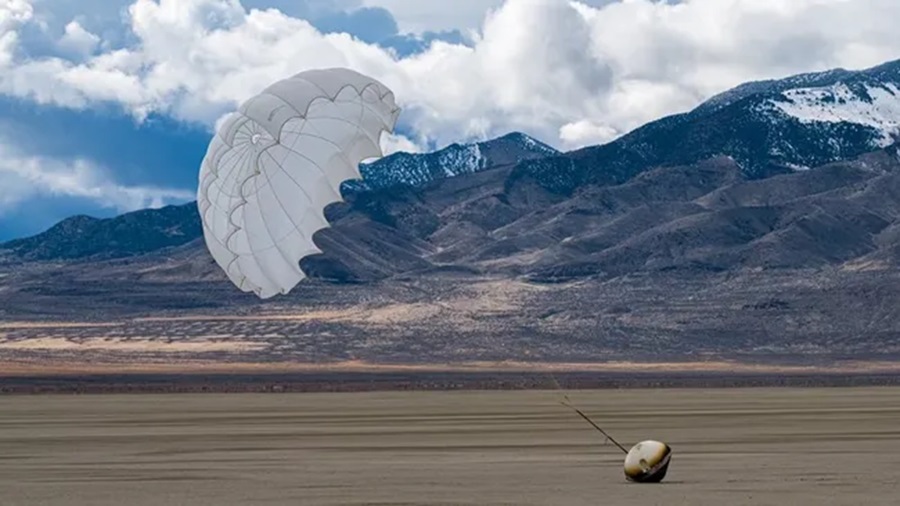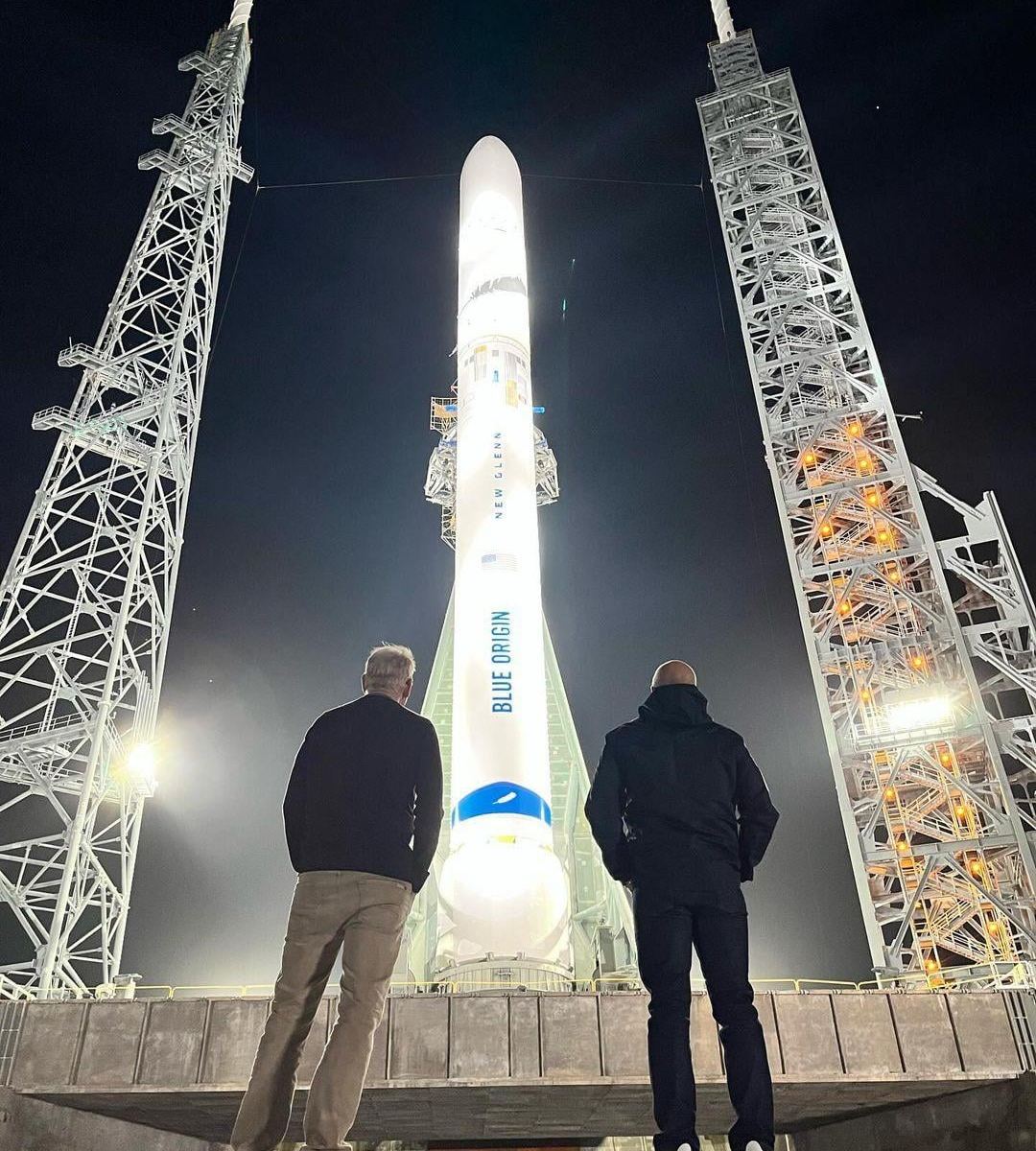What are the atmospheric compositions of cold brown dwarf stars? This is what a recent study published in The Astronomical Journal hopes to address as an international team of researchers used NASA’s James Webb Space Telescope (JWST) to investigate the coldest known brown dwarf star, WISE J085510.83?071442.5 (WISE 0855). This study holds the potential to help astronomers better understand the compositions of brown dwarf stars, which are also known as “failed stars” since while they form like other stars, they fail to reach the necessary mass to produce nuclear fusion. So, what was the motivation behind using JWST to examine the coldest known brown dwarf star?
Continue reading “Brrr. JWST Looks at the Coldest Brown Dwarf”Cosmic Dust Could Have Helped Get Life Going on Earth
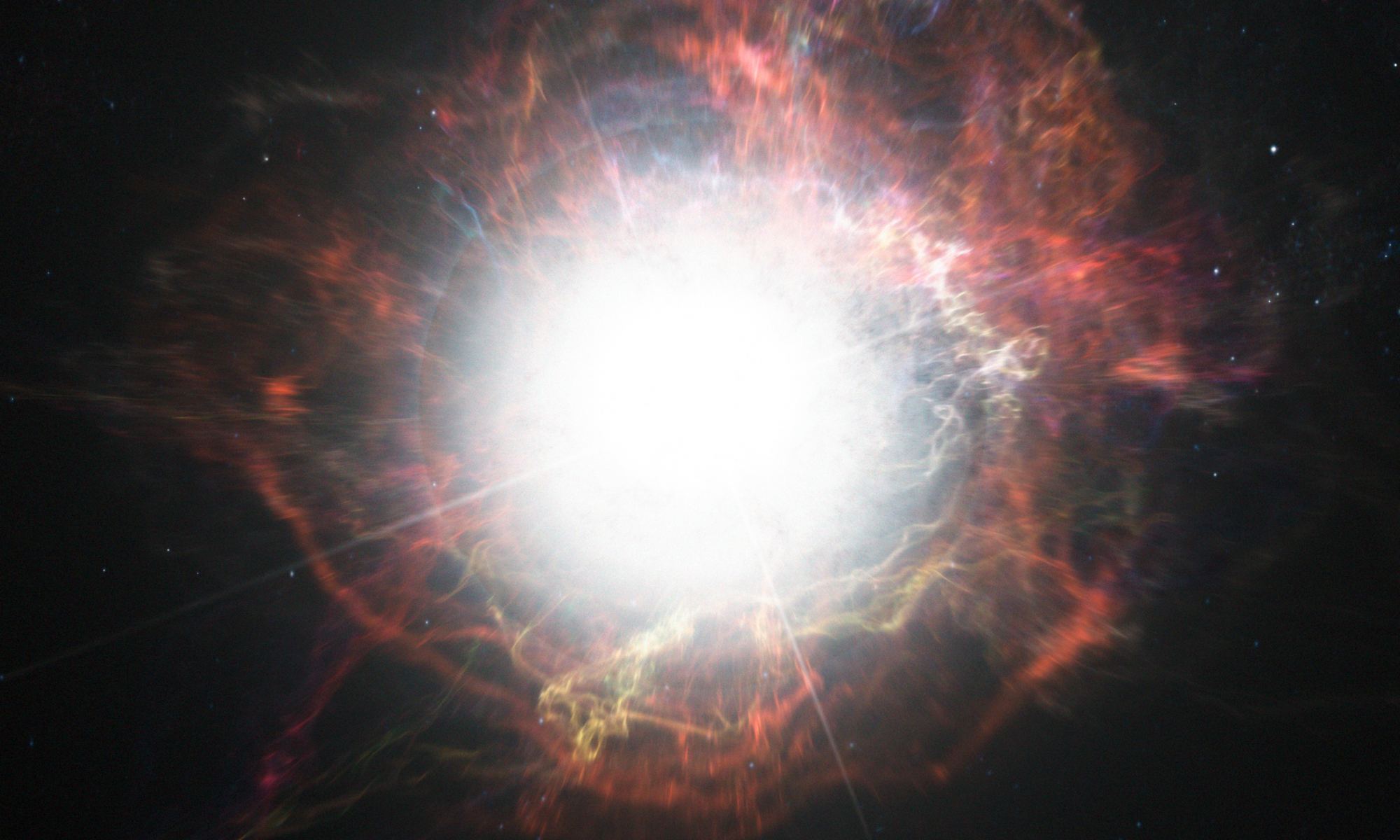
Life on our planet appeared early in Earth’s history. Surprisingly early, since in its early youth our planet didn’t have much of the chemical ingredients necessary for life to evolve. Since prebiotic chemicals such as sugars and amino acids are known to appear in asteroids and comets, one idea is that Earth was seeded with the building blocks of life by early cometary and asteroid impacts. While this likely played a role, a new study shows that cosmic dust also seeded young Earth, and it may have made all the difference.
Continue reading “Cosmic Dust Could Have Helped Get Life Going on Earth”Odysseus Moon Lander Is Tipped Over But Still Sending Data
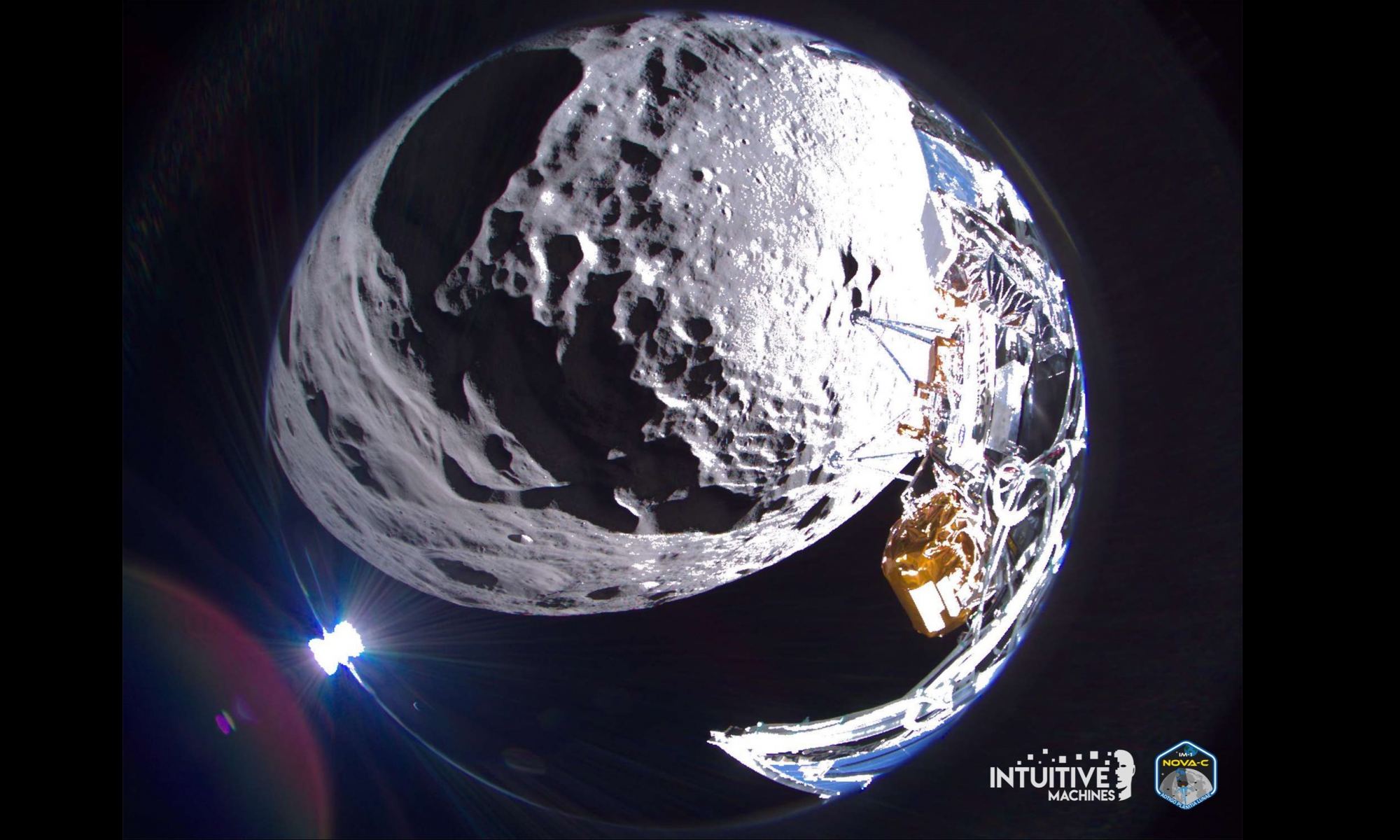
The bad news is that Intuitive Machines’ Odysseus lander is tipped on its side after getting tripped up during its touchdown near the south pole of the moon. The good news? The plucky robotic spacecraft is nevertheless able to send back data.
Mission managers at the Houston-based company and at NASA, which is paying $118 million to support Odysseus’ space odyssey, are working on ways to maximize the scientific payback over the next nine or 10 days. “The vehicle is stable, near or at our intended landing site,” Intuitive Machines CEO Steve Altemus said today during a post-landing briefing at NASA’s Johnson Space Center. “We do have communications with the lander … so that’s phenomenal to begin with.”
Just by surviving the descent a day earlier, Odysseus made it into the history books as the first commercial lander to arrive safely on the moon — and the first U.S.-built spacecraft to do so since the Apollo 17 mission in 1972.
Continue reading “Odysseus Moon Lander Is Tipped Over But Still Sending Data”Finally! Webb Finds a Neutron Star from Supernova 1987A
I can remember seeing images of SN1987A as it developed back in 1987. It was the explosion of a star, a supernova in the Large Magellanic Cloud. Over the decades that followed, it was closely monitored in particular the expanding debris cloud. Predictions suggested there may be a neutron star or even a black hole at the core but the resolution of the telescopes was insufficient to pick anything up. Now we have the James Webb Space Telescope and using its more powerful technology, signs of a neutron star have been detected.
Continue reading “Finally! Webb Finds a Neutron Star from Supernova 1987A”A Capsule With Antiviral Drugs Grown in Space Returns to Earth
On Wednesday, February 21st, at 01:40 p.m. PST (04:40 p.m. EST), an interesting package returned to Earth from space. This was the capsule from the W-1 mission, an orbital platform manufactured by California-based Varda Space Industries, which landed at the Utah Test and Training Range (UTTR). Even more interesting was the payload, which consisted of antiviral drugs grown in the microgravity environment of Low Earth Orbit (LEO). The mission is part of the company’s goal to develop the infrastructure to make LEO more accessible to commercial industries.
Continue reading “A Capsule With Antiviral Drugs Grown in Space Returns to Earth”The Sun Gets Feisty, Throwing Off Three X-Class Flares Within 24 Hours
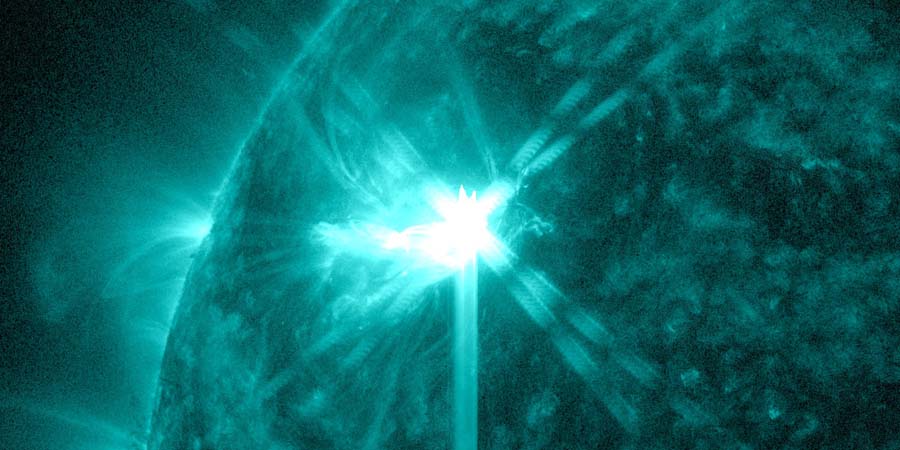
The Sun is heading toward solar maximum (which is likely to be about a year away) and as it does, there will be more sunspots, solar flares and coronal mass ejections. Over the last 24 hours there has been three, yes three X-class flares, the first peaking at X1.9, the second 1.7 and the final one a mighty 6.3. Flares of this magnitude caused radio blackouts, disruption to mobile phones and radio transmissions.
Continue reading “The Sun Gets Feisty, Throwing Off Three X-Class Flares Within 24 Hours”A Star Passed Through the Oort Cloud Less Than 500,000 Years Ago. It Wasn’t the Only One.
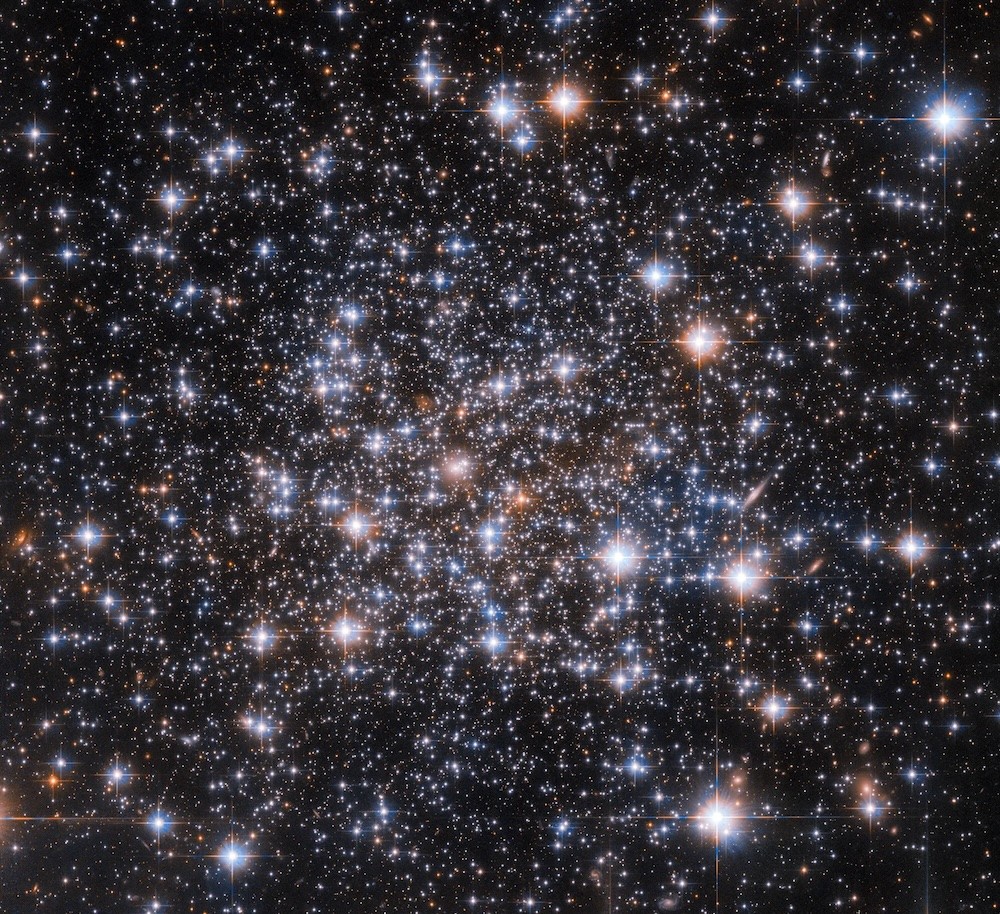
As stars in the Milky Way move through space, some of them have an unexpected effect on the Solar System. Over time, one comes closer to the Sun during its orbit in the galaxy. Some of them actually get within a light-year of our star and pass through the Oort Cloud. Such close flybys can affect the orbits of the outer planets and send cometary nuclei on a long inward rush to the Sun.
Continue reading “A Star Passed Through the Oort Cloud Less Than 500,000 Years Ago. It Wasn’t the Only One.”A New Space Telescope will Map the Universe and Help Protect the Earth from Asteroids

Can we secure our place in the Solar System? Not in any absolute sense because nature can be very unpredictable. But we can make the effort to safeguard our civilization by cataloguing potentially dangerous asteroids. An upcoming space telescope will help.
Continue reading “A New Space Telescope will Map the Universe and Help Protect the Earth from Asteroids”Finally! Blue Origin’s New Glenn Goes Vertical on the Launch Pad
If you think about space travel and the means of escaping the confines of the Earth then most people, currently, are likely to think about the new Artemis project and the Space Launch System. That’s not the only new development though, Blue Origin have been working on their New Glenn rocket and finally we have got a glimpse of their new offering. The rocket was finally rolled onto the launch pad at Cape Canaveral for testing to commence and we may even see a launch later this year.
Continue reading “Finally! Blue Origin’s New Glenn Goes Vertical on the Launch Pad”Solar Physics: Why study it? What can it teach us about finding life beyond Earth?

Universe Today has investigated the importance of studying impact craters, planetary surfaces, exoplanets, and astrobiology, and what these disciplines can teach both researchers and the public about finding life beyond Earth. Here, we will discuss the fascinating field of solar physics (also called heliophysics), including why scientists study it, the benefits and challenges of studying it, what it can teach us about finding life beyond Earth, and how upcoming students can pursue studying solar physics. So, why is it so important to study solar physics?
Continue reading “Solar Physics: Why study it? What can it teach us about finding life beyond Earth?”
